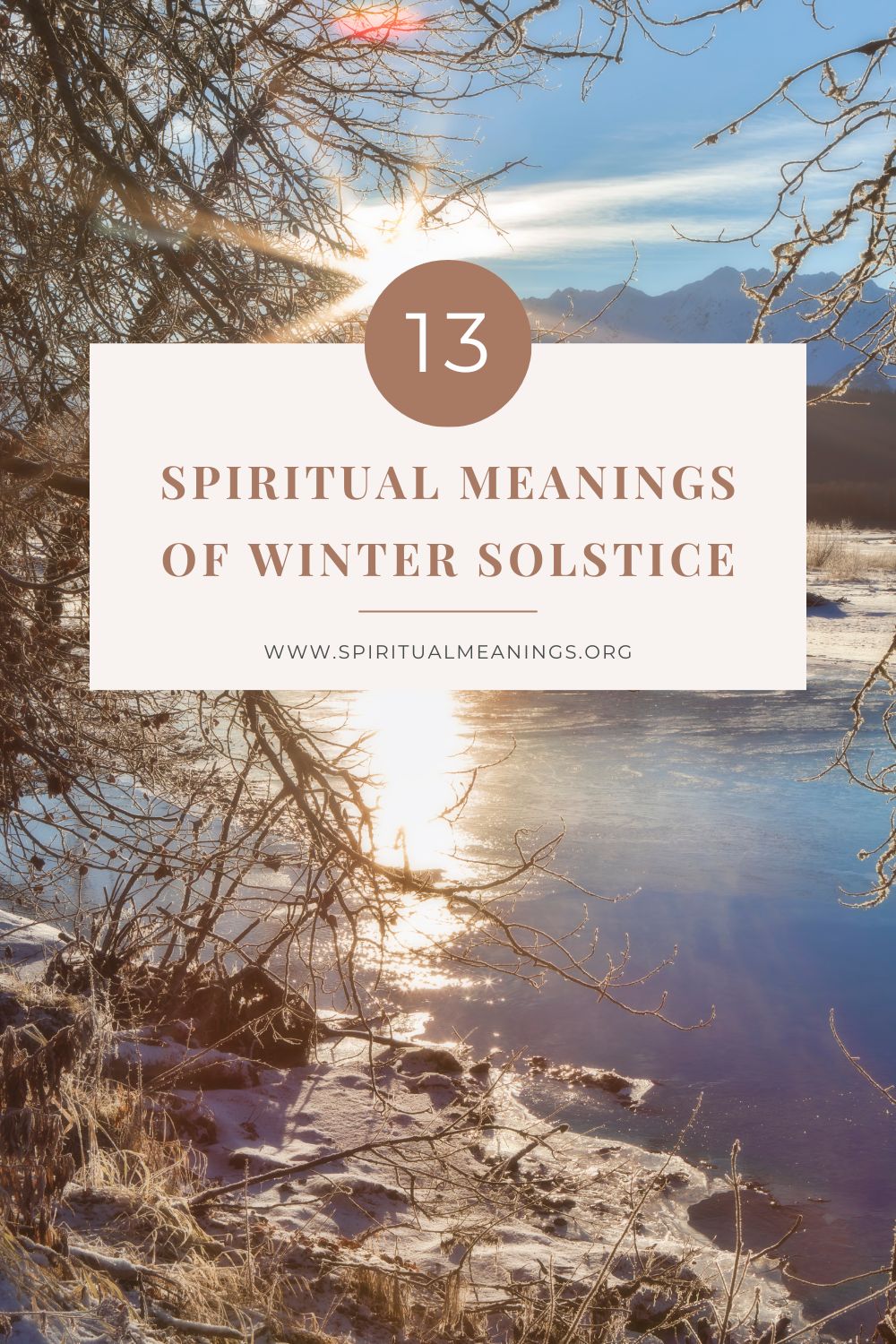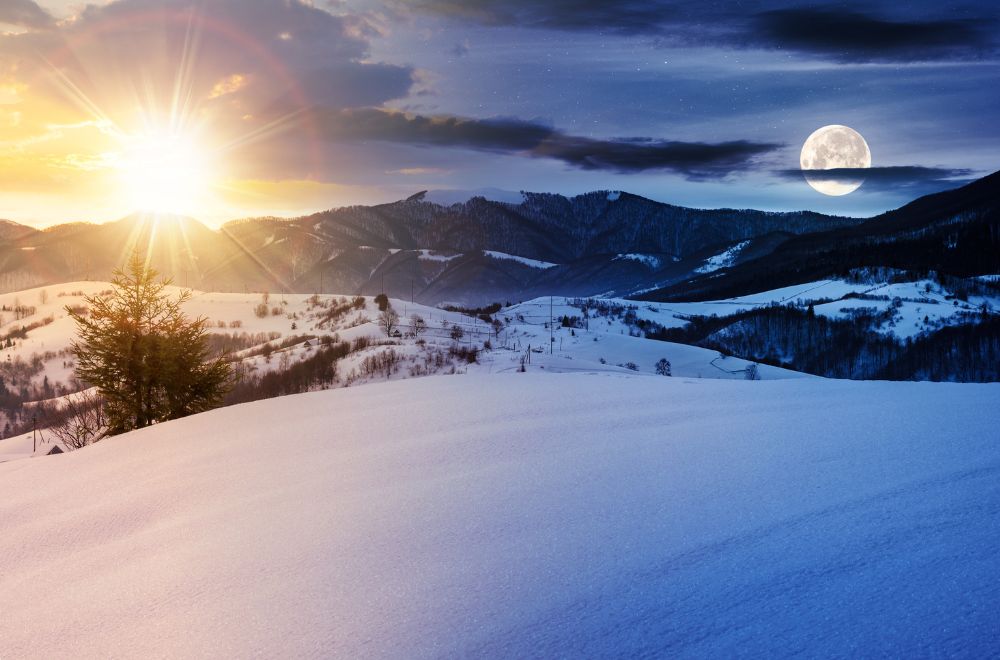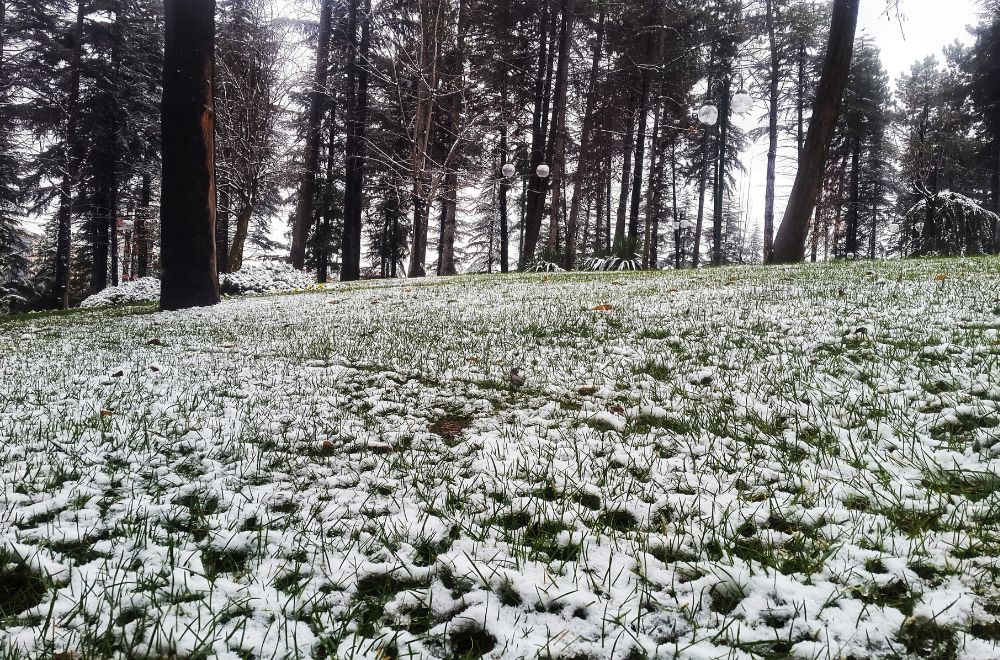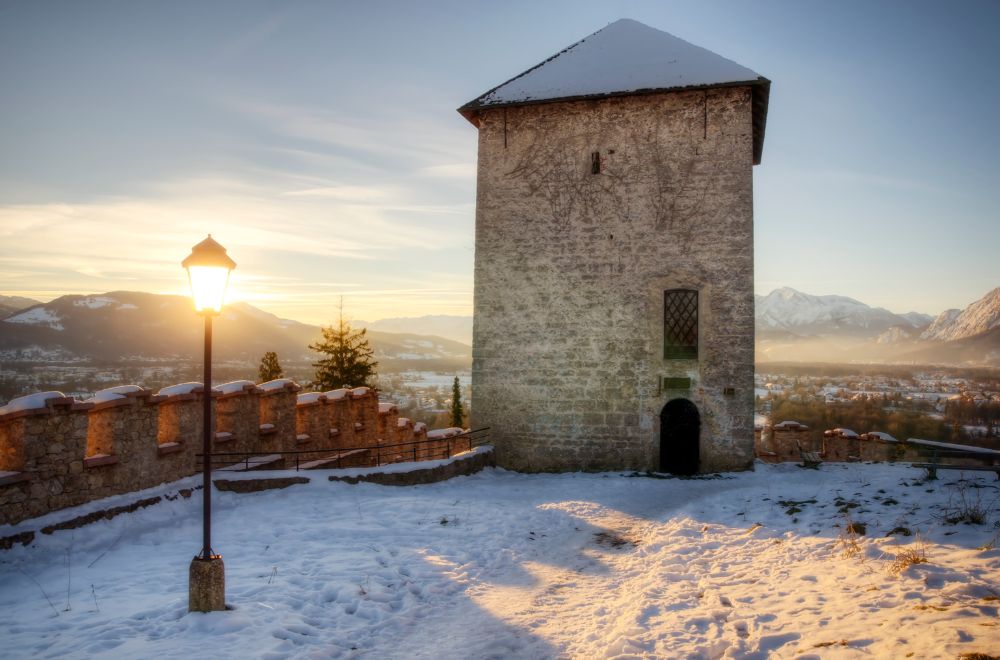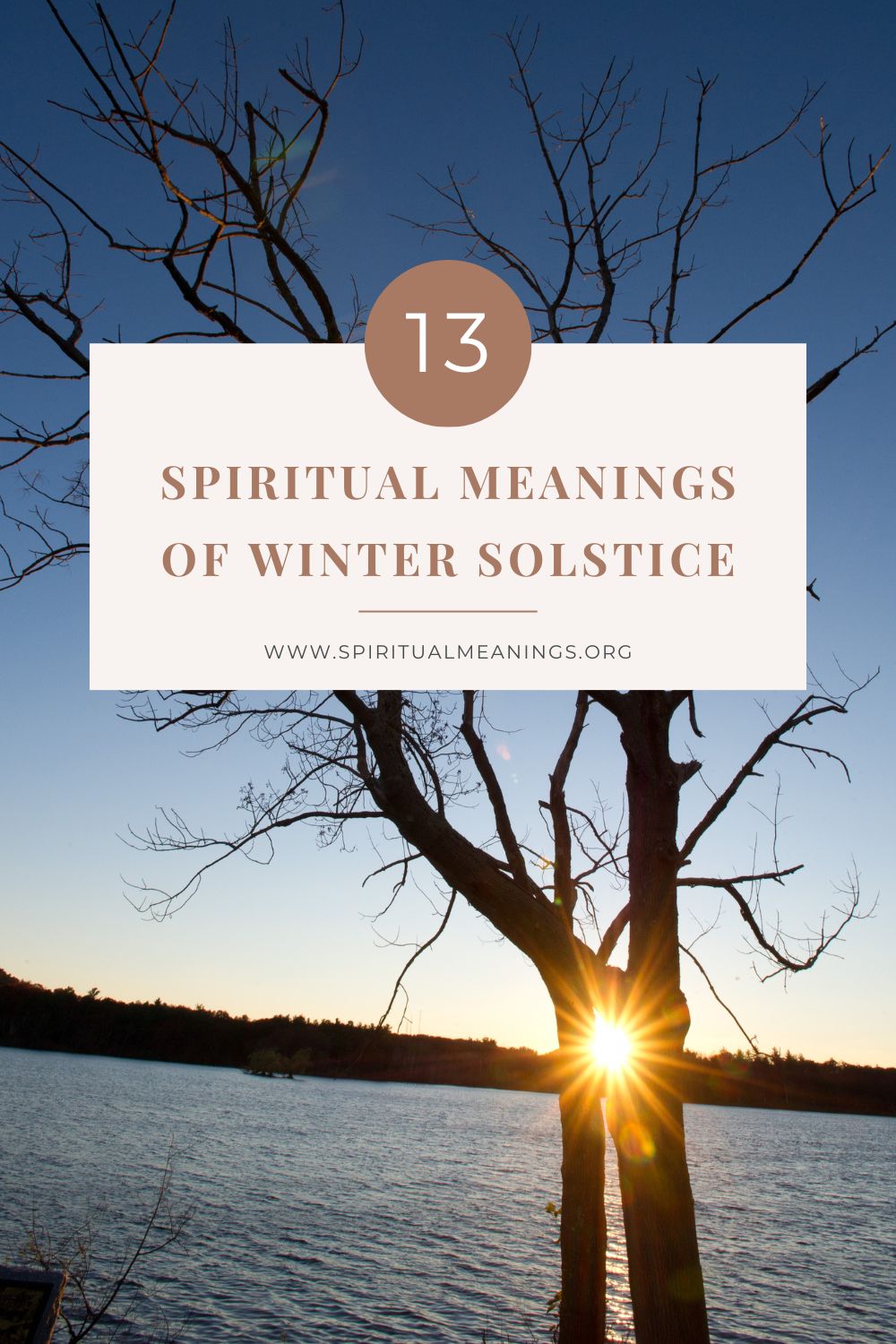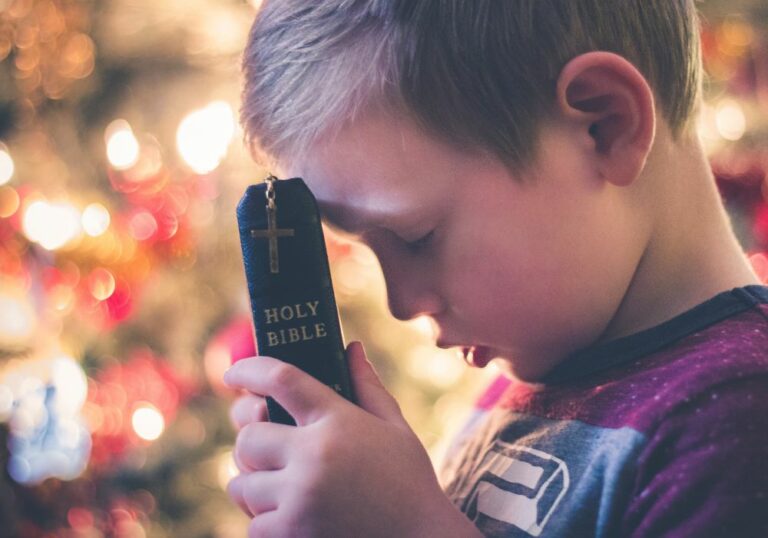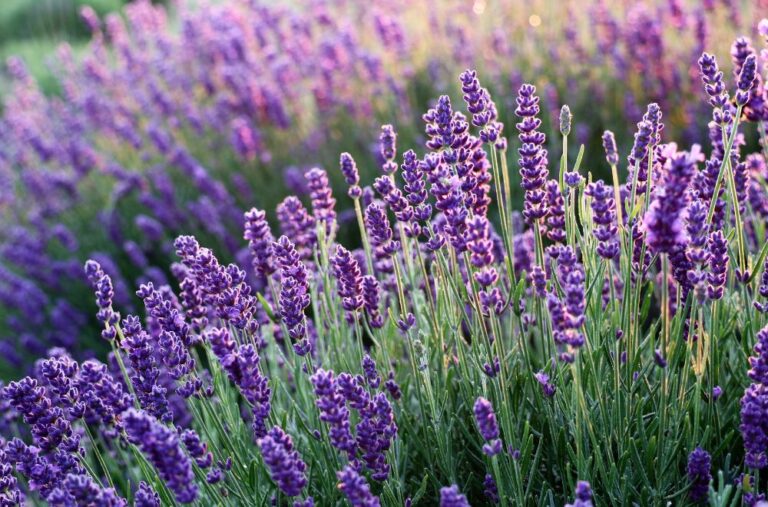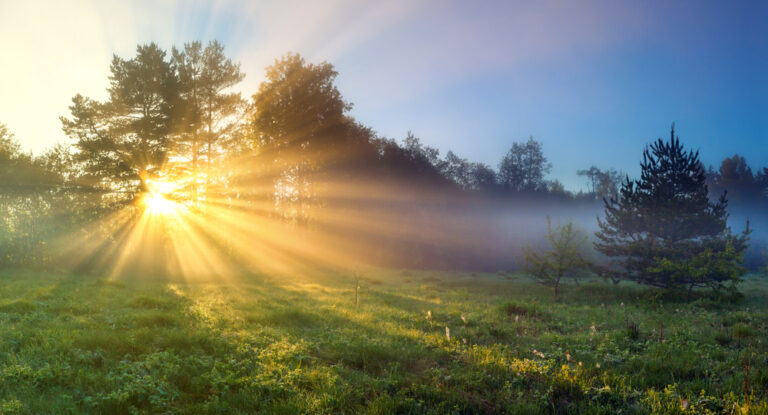In the old days, people relied more on seasonal changes and weather. So any drastic shift in climate marked an important event. This made the two solstices quite significant since they were the shortest days/nights of the year. They provided the perfect opportunity for rites and rituals that would influence the rest of the year. What’s the winter solstice spiritual meaning?
What is Winter Solstice?
The Winter Solstice is the official start of the winter season. It’s usually the shortest day and longest night of the year and has different dates in the northern and southern hemispheres. On the northern half of the planet, it’s usually on 21st to 23rd December while in the south, it’s from 20th to 22nd June. This is because the earth is slightly tilted on its axis so the sun varies.
When the earth is furthest from the sun, the days are noticeably shorter than the nights aka the Winter Solstice. The opposite effect is on the Summer Solstice, when the sun is closest to the Earth so the days are longer and the nights are shorter. To fully understand this, we have to go a few centuries back. For a long time, most humans believed the Earth was a flat plane.
People thought you’d fall off if you walked past the horizon. Even when scientists like Aristotle, Eratosthenes, and Galileo proved the celestial bodies were round, they were often persecuted for sacrilege by the reigning Catholic Church. But over time, we accepted that the planets, moons, and other heavenly bodies are spherical or elliptical, with a bulging midriff.
Earth is one of these ovoid planets. As it goes around the sun, the north and south poles get varying amounts of sunlight, which means the days and nights are unequal. At the equator though, days and nights can have the same length. The other extreme is the poles themselves where you sometimes have 24 hours of daylight or darkness, depending on the active season.
The Significance of Long Nights
Before we discovered electricity, people went to bed way earlier. We’d perform our tasks and activities for the day and maybe sit by the fire or lamplight in early evening. We’d spend a lot more time asleep, or in the quitter activities associated with the night. These may include prayer and meditation. It’s why the Winter Solstice is sometimes called the Hibernal Solstice.
You would think longer, colder nights would be depressing, and they are. So the leaders of the time – particularly spiritual gurus – used this opportunity to redirect the focus of their followers. Instead of dwelling on the cold, dreary nature of the solstice, they turned their flocks towards hope. This short day and long night showed that light would overcome dark.
As the sun sat frighteningly low in the sky and the days got colder, the shadows got longer and scarier. The fears of the night appeared sooner and the sounds of night-time creatures started earlier. But the people knew that in a few months, it would be spring and the joy of the world would return. This was a reason for celebration to survive those long dark nights.
Keeping in mind that Winter Solstice rituals started in the days of oil torches and firelight, the long night was also the perfect chance to come together and party. It was a transition since every day after the solstice would be a little longer, warmer, and brighter until Spring eventually came. This turning point was a reminder of the circle and cycle of nature and life.
Winter Solstice Spiritual Meanings
1. Shifting from Darkness to Light
The spirit world is all about balance. We may want to be happy and fruitful all the time, but even plants need time to rest so they shed their leaves in the fall and the animals hibernate in winter. The Winter Solstice spiritual meaning is the importance of darker and brighter times. If it wasn’t for the dark of winter, we wouldn’t truly appreciate the heat and light of summer.
2. Gratitude and Introspection
Some ancient communities were nomadic and would move with the weather. When it got too cold and food was scarce, they would migrate to warmer places with plentiful resources. But for the cultures that settled in one place, they’d have to store up food and water to get them through winter. The solstice was a moment to pause and be grateful for that year’s harvest.
3. Death and Rebirth of the Sun
The Northern Winter Solstice is known as the December Solstice while the Southern one is the June Solstice. Although the actual moment only lasts a few seconds, we think of it as the 24-hour period when it occurs. And at the poles, those 24 hours are often completely dark without sunlight. The specific instant of Winter Solstice is the sun’s death and resurrection.
4. Respecting the Cycles of Nature
In modern living, we often worry about our work-life balance. We spend too much time chasing money, neglect our families, and take our health for granted. The Winter Solstice shows there’s time plant and time to leave the land fallow. Seasons to till the land and others to rest, celebrate, and contemplate. It reinforces natural cycles and the importance of timing.
5. Sunrise at Newgrange and Sunset at Stonehenge
Curiously, the Winter Solstice is sometimes called Midwinter, and the Summer Solstice is often called Midsummer, even though these dates mark the official start of these seasons. The Chinese calendar calls the Winter Solstice Dongzhi i.e. shortest day or extreme of winter. The alignment of rocks at Stonehenge, Woodhenge, and Newgrange are based on midwinter.
6. Celebration of Plenty
Since the Winter Solstice was the official beginning of winter, many communities would kill their livestock en masse as a protective measure. This way, the animals wouldn’t starve in the barren months. This is part of the reason for parties and celebrations, since there was plenty of meat to go around and they didn’t want to waste it. Animals were sacrificed to the gods too.
7. Rebirth of Important Deities
We’ve mentioned the death and rebirth of the sun as a key Winter Solstice Spiritual meaning. It falls close to Christmas Day, which was initially a pagan celebration. Jesus, the Son of God, is sometimes drawn with a halo or with sunlight in the background. Just like the sun, he’s the light of the world. Midwinter also signifies the birth of important deities including Sun gods.
8. Reversal of the Miserable Winter into Spring
As we hinted above, the Roman Festival of Saturnalia (25th December) was a Winter Solstice celebration that was converted into Christmas Day by the Catholics. Among other things, the masters of Rome would serve their slaves and give gifts to the Invincible Sun. This reversal of roles echoed the reversal of light as the days gradually got longer and warmer toward Spring.
9. The Start of a New Year
Similar to Saturnalia, Ancient Germans (aka Saxons) and Norwegians celebrated Yuletide around 25th December and that was their Midwinter or Winter Solstice. And in Japan, people took long hot yuzu baths to avoid getting sick during the midwinter festival. In India, Makara Sankranti aka Maghi is the start of a new solar year into Capricorn under Surya, the sun god.
10. Fasting and Feasting in the Middle East
Judaism, Christianity, and Islam all acknowledge Adam as the first man that God created. And some traditions say Adam would fast on the Winter Solstice and feast the following day. In Iran, Yalda Night, or 40th Night is celebrated when families pass the longest night of the year by eating together and sharing poems. The eldest child will host relatives at his house.
11. Pausing to Review Deeper Meanings
The word solstice means to stand still or freeze. It refers to the instant when the sun seems to stop moving as it hangs low in the sky. Also, the celebration of ‘Christmas in July’ originates from the June Solstice in the southern hemisphere. It’s popular in places like Australia where it’s feted on July 25th. The sun ‘standing still’ encourages introspection and contemplation.
12. Creating a Fresh Mindset
During the Winter Solstice, lots of spiritual energies are circulating so it’s a good time to manifest and set your intentions. The night is long and quiet so you have a chance to clear your mind and focus on your goals for the coming year. It’s also the perfect period to be close to nature, so you can meditate by a river or in the woods as you solidify your coming targets.
13. Recognizing Your Place in the World
The primary Winter Solstice spiritual meaning is renewal and re-alignment. Human beings often see themselves as the center of the universe. Midwinter reminds us that nature and the deities are still supreme. They have the power to invoke 24 hours of darkness, or to lengthen or shorten our routines. The solstice shows us how to follow the patterns of nature and life.

